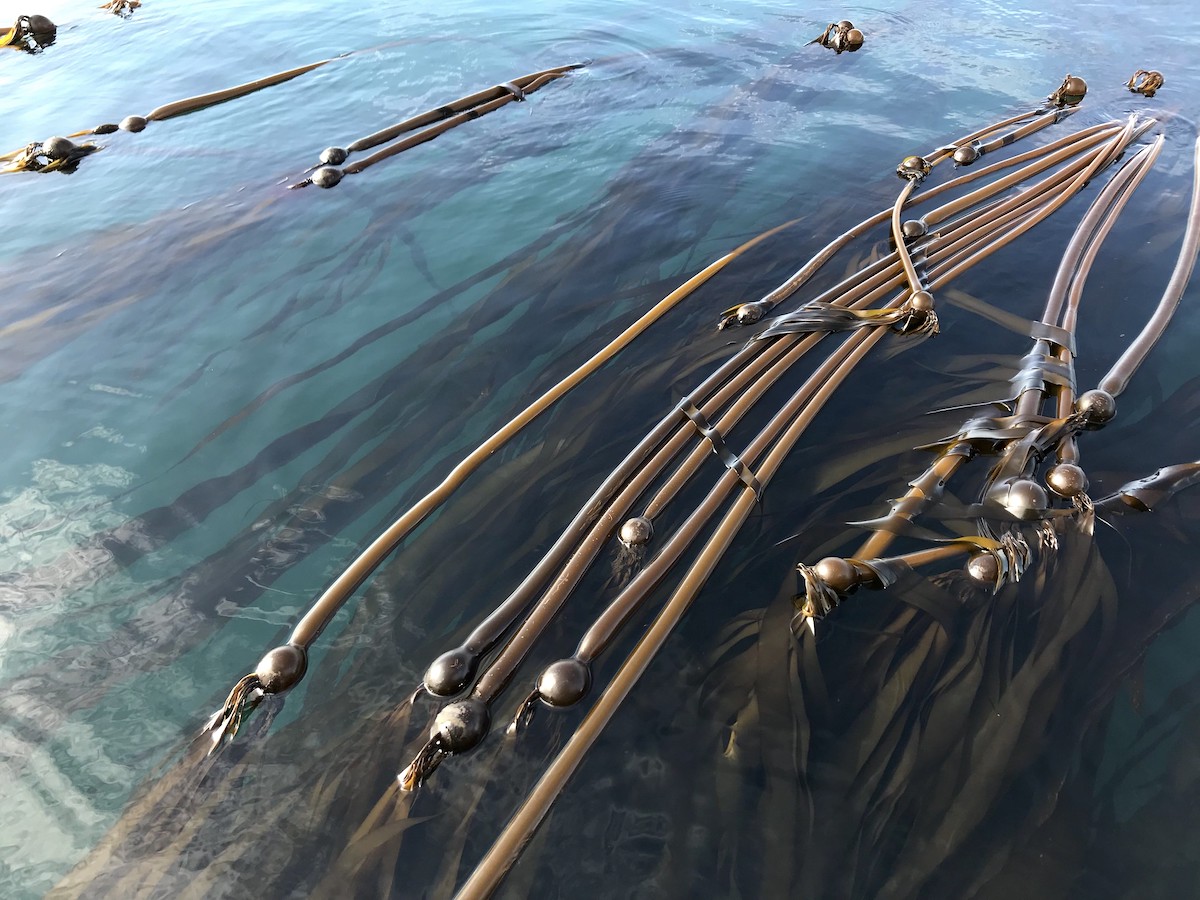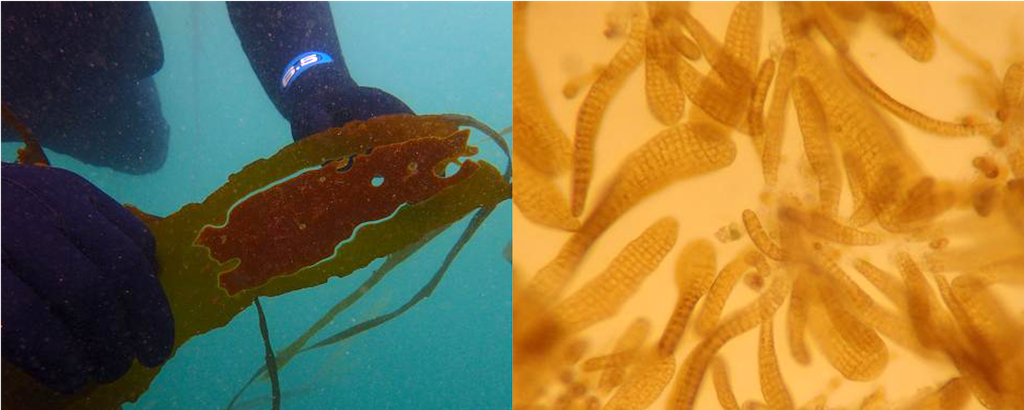Kelp forests, the dense stands of seaweed that provide food and habitat for hundreds of marine species, are in trouble around the world. Kelp forests off the coasts of Australia and California have been especially hard hit, but there’s also increasing evidence that kelp beds are shrinking or disappearing altogether from many spots in the Salish Sea.
Many of these declines have been linked to warming waters. Kelp species prefer cool temperatures, and researchers are worried that the losses could accelerate in the coming years as climate change continues.
One possible solution is to use kelp stocks that can thrive in warmer waters to augment or rebuild struggling kelp forests. “They've been doing things like this with land plants for a long time,” says Sherryl Bisgrove, a plant biologist at Simon Fraser University in Burnaby, British Columbia. “It's really a new strategy in the ocean.”
Still, it’s not unheard of. Scientists have begun transplanting corals or manipulating the algae that live inside them to help coral reefs survive warming waters. Bisgrove’s idea is to establish a bio-bank that would preserve kelp propagules from different locations and with different characteristics, much like a seed bank for land plants.
A kelp bio-bank might be useful not just for responding to climate change, but also to help restore beds that are wiped out due more localized disasters, like an oil spill, Bisgrove says. In that case, restorationists might be able to replant beds with previously collected propagules from local stocks.
Bisgrove is beginning to explore government or other institutional sources of long-term support for such a project. She’s also investigating how to keep kelp propagules viable for long periods. It might be best to store them under cryogenic conditions, like human eggs or sperm in a sperm bank. Or, it might be possible to leverage kelp’s own biology, since the seaweed overwinters in a microscopic, dormant form.



